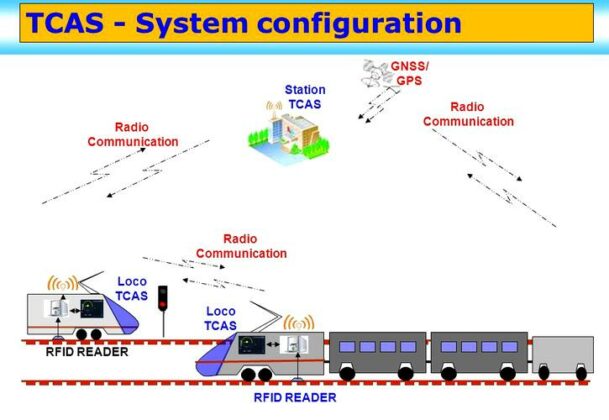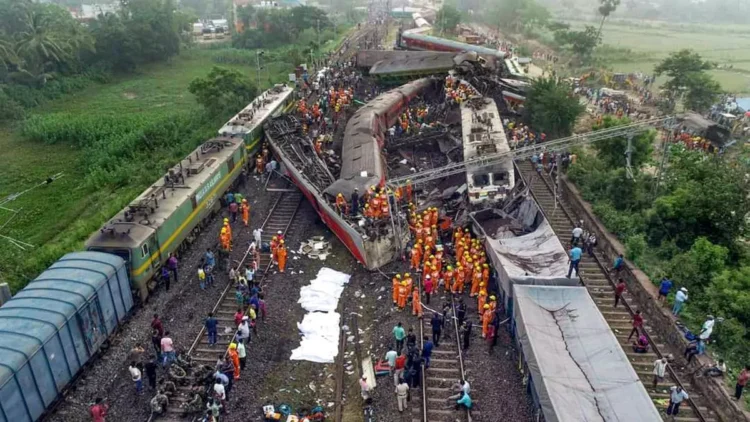More than 230 people were killed and about 900 injured in a horrific train crash in Odisha’s Balasore, involving the Bengaluru-Howrah Superfast Express, the Shalimar-Chennai Central Coromandel Express and a goods train, officials said on June 2. The railways confirmed that there was no ‘Kavach’ system on the route, which might have prevented the express trains from colliding with one another.
On June 3, the Indian Railways spokesperson Amitabh Sharma confirmed, “The rescue operation has been completed. We are starting the restoration work. The Kavach system was not available on this route”.
The two trains were on the same track because of a suspected potential signalling failure. As per the reports, even a high-level inquiry will be constituted to investigate this tragedy.
Railways Minister Ashwini Vaishnaw, on June 3, reached the accident spot in Odisha’s Balasore and took stock of the situation and assured to conduct a detailed high-level inquiry into the mishap. He said, “A detailed high-level inquiry will be conducted, and the rail safety commissioner will also do an independent inquiry”. He added, “It’s a big tragic accident. Railway, NDRF, SDRF, and State Govt are conducting the rescue operation. The best possible healthcare facilities will be provided”.
What’s the ‘Kavach’ Safety System?
‘Kavach’ means ‘armour’; it is an indigenously developed automatic train protection system designed to stop a train automatically if it notices another train on the same track within a set distance.
Trains equipped with ‘Kavach’ are also designed to come to a complete stop on their own if the digital system detects any manual fault, such as “jumping” a red signal or any other malfunction. When a train passes a stop signal, it is known as a signal passed at danger (SPAD).
If the loco pilot fails to use the brakes, Kavach will do so automatically to manage the train’s speed. It enables the loco pilot to operate the train under adverse conditions, such as dense fog.

‘Kavach’ was envisioned as a part of the Modi government’s Aatmanirbhar Bharat policy. It was designed and developed by Union Railway Ministry’s Research Design & Standards Organisation (RDSO), in partnership with other Indian firms- Medha Servo Drives Pvt Ltd, HBL Power Systems Ltd, and Kernex Microsystems. This system was successfully tested and deployed last year by the Railways Minister Ashwini Vaishnaw.
‘Kavach’, which is approved for speeds up to 160 kmph, is also known as Train Collision Avoidance System (TCAS) and Automatic Train Protection System (ATPS).
The Union Railways Ministry said in a statement, “Kavach is one of the cheapest, Safety Integrity Level 4 (SIL-4) certified technologies with the probability of error is 1 in 10,000 years. Also, it opens avenues of export of this indigenous technology for Railways”.
Now according to the official statement, this technology might have prevented the tragedy. Even Prime Minister Narendra Modi visited the site in Odisha’s Balasore and inspected the rescue operation. He said, “It’s a painful incident. The government will not be able to bring them back, who lost their lives [in the accident], but the government is with their kin in this grief. This incident is very serious for the government. The government will leave no stone unturned for the treatment of those injured. Instructions have been given for every type of investigation, and whoever is found guilty will not be spared”.
















Comments